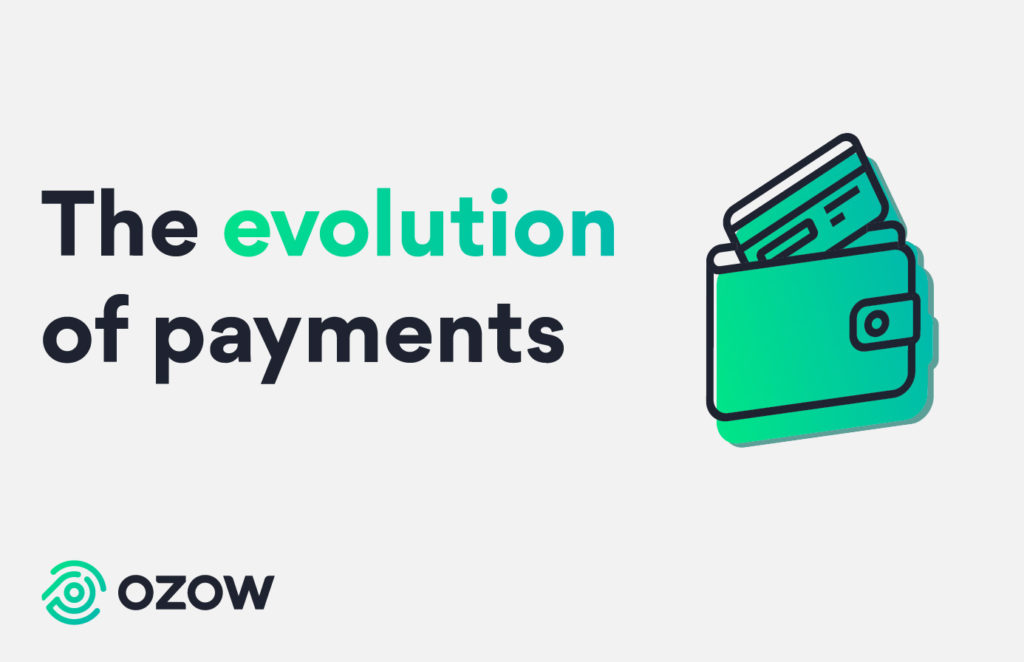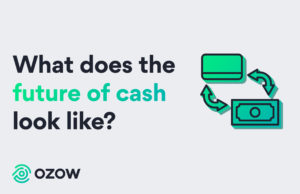While people have been paying for goods and services for millennia, the arrival of the internet in the ‘90s became a major turning point for the payments sector.
Since then, digital innovation has evolved payments solutions at breakneck speeds. Everything from contactless payments, QR codes, and digital wallets, consumers have so many new ways to pay.
As we gear up to Black Friday and the festive season, consumers will be expecting more payment options… especially contactless solutions.
The rise of contactless payments
Fuelled by the pandemic, however, there has been a rapid adoption and acceptance of these new payment methods. With concerns about the spread of the virus, the increased usage of contactless payments has also empowered people to transact securely from their own devices without any physical contact.
The shift to a contactless ecosystem is also accelerating the decashing of the economy and has primarily been led through mobile. In fact, mobile payments and digital wallets are two of the most popular payment types globally, eclipsing cash transactions in 2020.
Innovation isn’t slowing down either…
The introduction of e-wallets and invisible payments, like those used by Uber and Amazon Go, are providing people with a way to pay for goods and services without having to take any action. While traditionally, these often required a credit card on file, this is being eliminated with the introduction of wallets and direct payment links to bank accounts through digital overlay services developed by fintechs.
Safety comes first
With every new payment solution introduced, the most important thing to understand is that these are designed with the highest international safety and security standards to ensure that consumer and banking data are protected.
The future of payments is very exciting too
With every new technology developed, the goal will always be to simplify people’s lives by making payments even easier, quicker, and more secure. At the rate that it’s evolving, we will easily get to a stage where wearable payment tech won’t require cards, batteries or an internet connection.
This innovation has one primary goal – to drive financial inclusion and access for everyone. Ultimately, this supports the South African Reserve Bank’s Vision 2025 to improve access for the 52 million bank account holders in South Africa.





